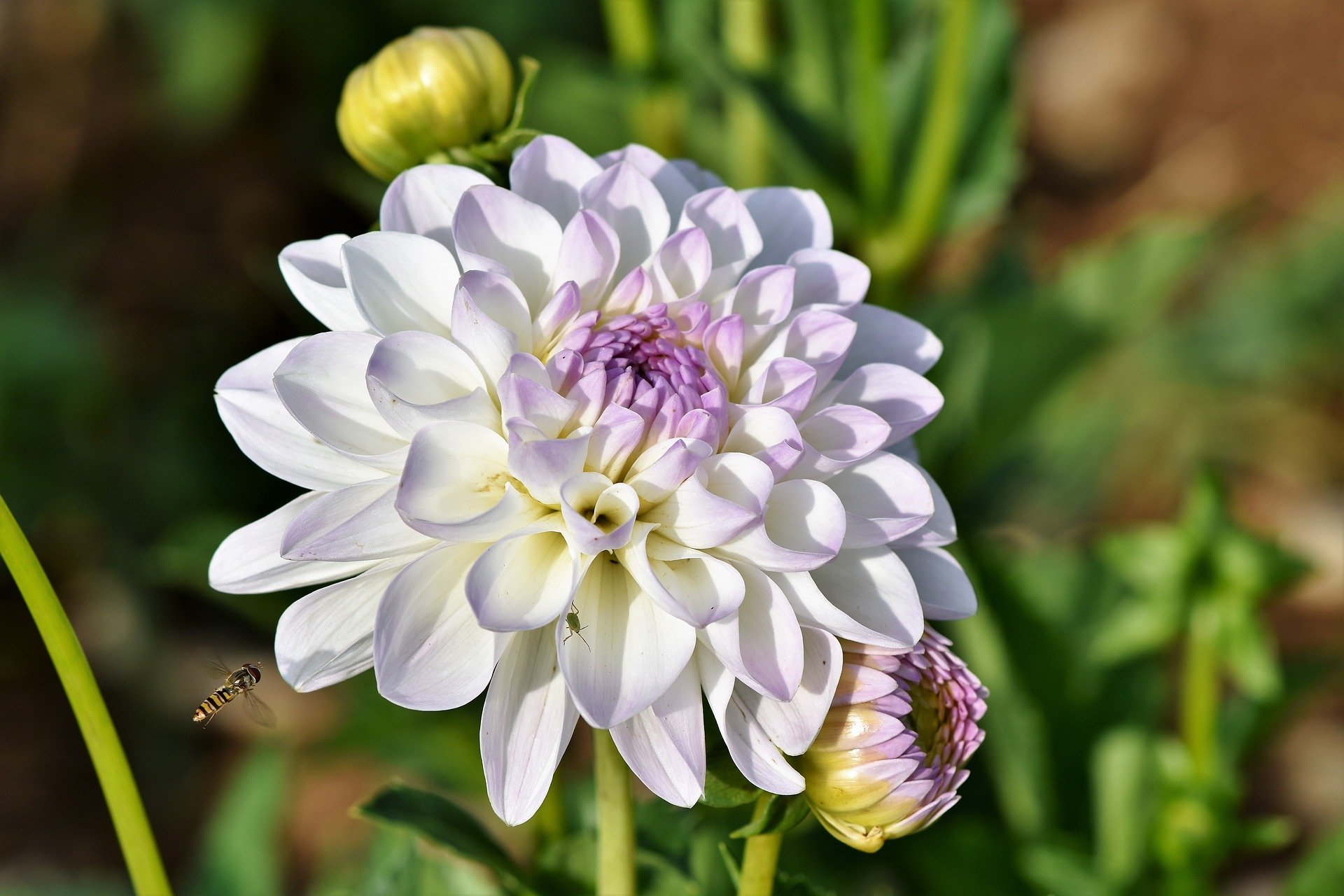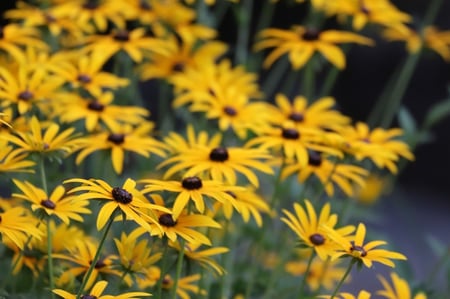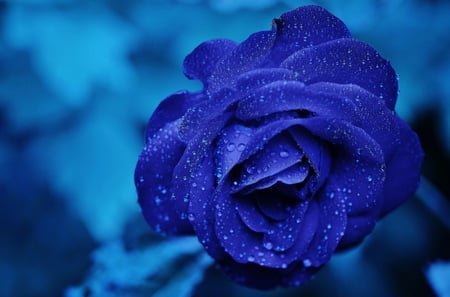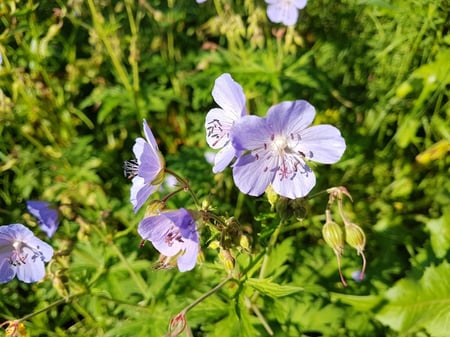
Cultivars are everywhere in nurseries and garden centers, but should you use them in a garden geared toward pollinators? Spoiler alert: no, and here’s why.
So you want to plant a pollinator garden. You like the idea of the birds and the bees hangin’ out right beyond your living room window or just past the kitchen stoop. Heck, the butterflies and beetles are welcome to join the show as well! Let’s get alllllll pollinated up in here.
Only one problem:
You’re not using the right plants.
Whoopsie.
This is a common mistake that new gardeners make. It even happens to experienced green thumbs, who are used to making seasonal (or monthly, or weekly, or daily … ahem, never mind) trips to the garden center. The problem can be summed up in a single word: cultivars. And when it comes to a healthy pollinator environment, cultivars just don’t play nice.
What Exactly Is a Cultivar?

If you’ve gardened for any length of time, then you most likely know what a cultivar is … or you think you do. It’s, like, a variety of a plant, right?
… well, kind of. As the Iowa State University Extension and Outreach program explains, “a cultivar was selected and cultivated by humans. Some cultivars originate as sports or mutations on plants. Other cultivars could be hybrids of two plants.”
There is a lot of management involved with cultivars, and not a lot of nature-taking-her-course, the university adds: “To propagate true-to-type clones, many cultivars must be propagated vegetatively through cuttings, grafting, and even tissue culture.” That’s because “Propagation by seed usually produces something different than the parent plant.”
In other words, cultivars are often cloned. Therefore a cultivar disrupts the natural cycle of flowering, fertilizing, seed dropping, germinating, and so it goes. In so doing, the cultivation process substantially cuts down on genetic diversity, making the gene pool weaker and more susceptible to catastrophe, which is its own serious problem.
But back to the pollinators.
Why Aren’t Cultivars “Good” for Pollinators?
 It’s tempting to think that any urban garden is good for pollinators. And while it’s great to give feathered and flying friends a place to sit and rest awhile, many won’t choose plants as a resting spot that aren’t their preferred food or shelter.
It’s tempting to think that any urban garden is good for pollinators. And while it’s great to give feathered and flying friends a place to sit and rest awhile, many won’t choose plants as a resting spot that aren’t their preferred food or shelter.
Unfortunately, when you change a species significantly, you often turn it into something entirely different as far as a butterfly is concerned, making cultivars all but useless to pollinators.
As the Xerxes Society explains, “Some are bred for a different color, some for double blooms or flower shape, others for disease resistance. For example, purple coneflower has been bred into scores of cultivars with all manner of colors, double blooms, etc. Many of these cultivars are sterile and have no benefit to pollinators. Others have flower structures so complex a pollinator couldn’t find its way to the center with a map, a compass, and a native guide.”
Even worse, “cultivars often have reduced nutritional benefits, and haven’t been well-enough studied to identify those which may be harming pollinators by providing reduced nutritional resources.”
In a well-meaning attempt to “help the bees” while keeping their gardens lively, many gardeners may actually be doing more harm than good.
And when it comes to the much-publicized bees (of “Save Them!” fame), no one wants that, now does one?
So what do we do instead?
What About Nativars for a Pollinator Garden?
 It’s important at this point to clarify that cultivars and varieties, while they are often used interchangeably, are not the same thing. The two are often confused because they mean versions of the same species, but whereas a cultivar is intentionally developed by humans to meet certain desirability requirements and often involves cloning, varieties are often found in nature. The latter, unlike the former, can prove beneficial to pollinators, and can therefore serve the needs of a pollinator garden.
It’s important at this point to clarify that cultivars and varieties, while they are often used interchangeably, are not the same thing. The two are often confused because they mean versions of the same species, but whereas a cultivar is intentionally developed by humans to meet certain desirability requirements and often involves cloning, varieties are often found in nature. The latter, unlike the former, can prove beneficial to pollinators, and can therefore serve the needs of a pollinator garden.
And then there is the nativar.
First, let us draw your attention to the fact that the horticultural industry is no slag when it comes to good branding. Nativar certainly sounds awesome enough.
Buuuuuuuut it’s not. A nativar is simply a cultivar of a native, a plant that is endemic to the region. If you’ve read this far, the problem should be obvious: Just because the original plant was native doesn’t mean that the breeding process improved it in the eyes of pollinators.
To the contrary, it may have changed the flower structure, color, nutritive value or some other characteristic on which pollinators relied. For that reason, it’s no longer that useful in a pollinator garden.
Bottom line: If you want to help the pollinators, stick with natives, plain and simple. They’re made for the region and its pollinators, they contain the right nutrients and provide the right shelter, and they look good together. Because, Nature.
Nature and her wily ways.
Want to learn more about how to help pollinators through planting the right species in your garden? Ecogardens is happy to help educate you or even get your pollinator garden started for you, so just give us a ring or send an email today!

